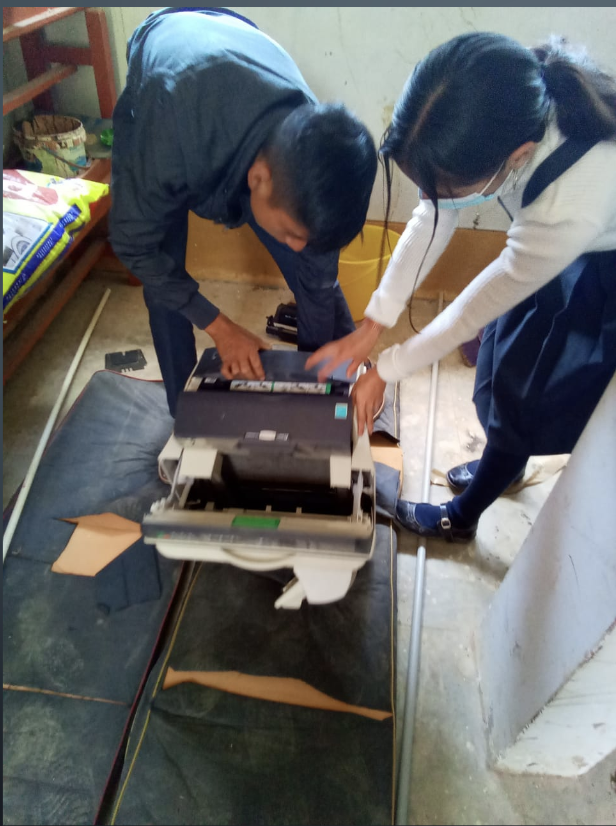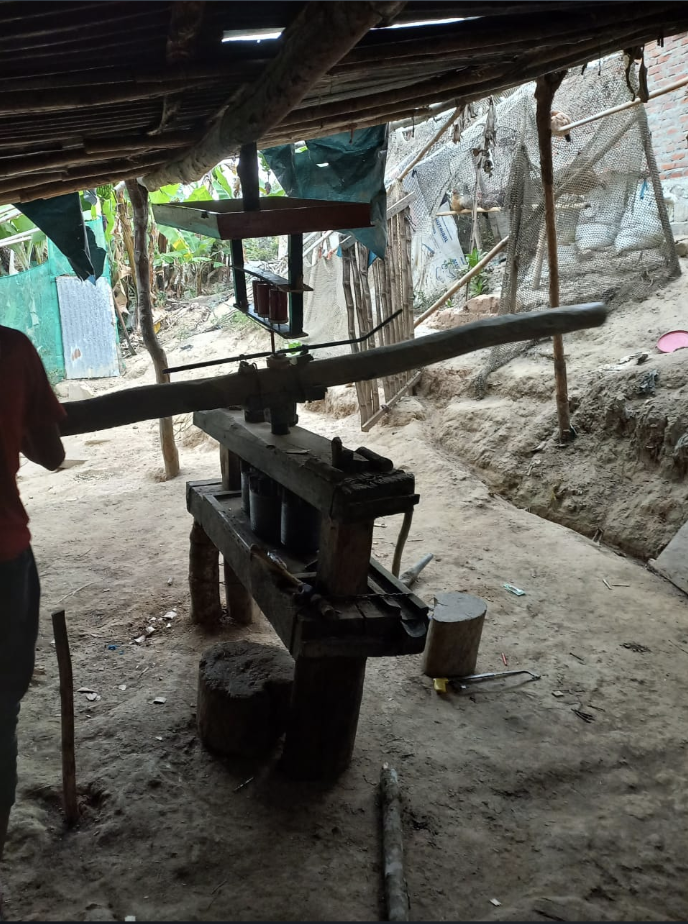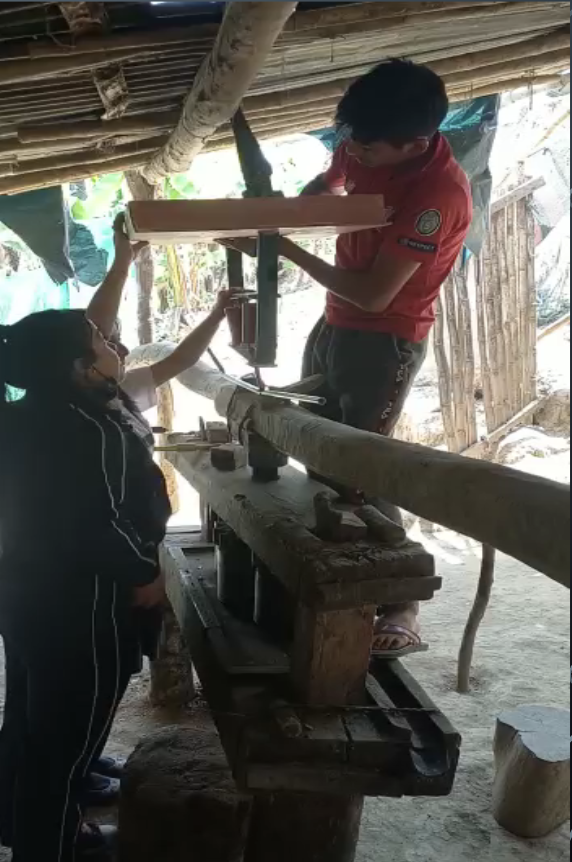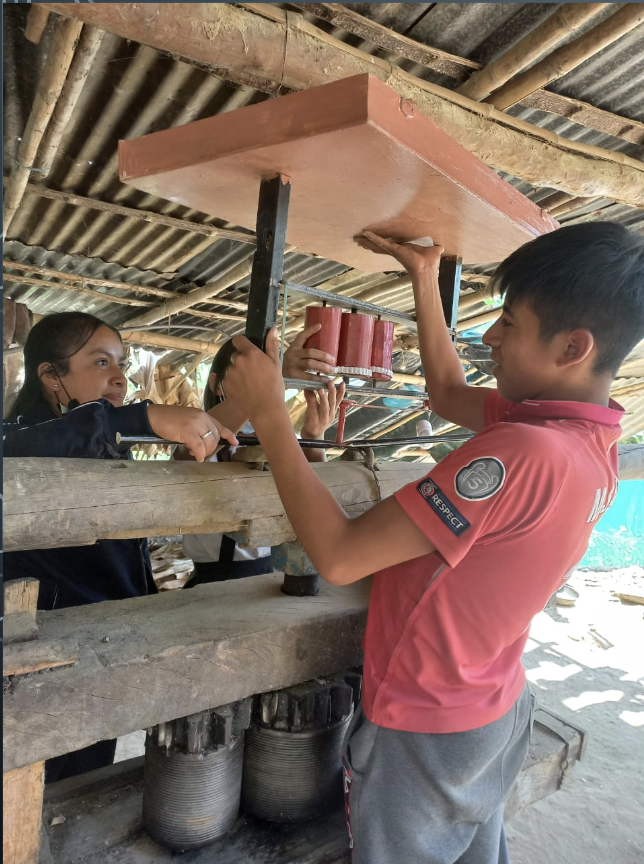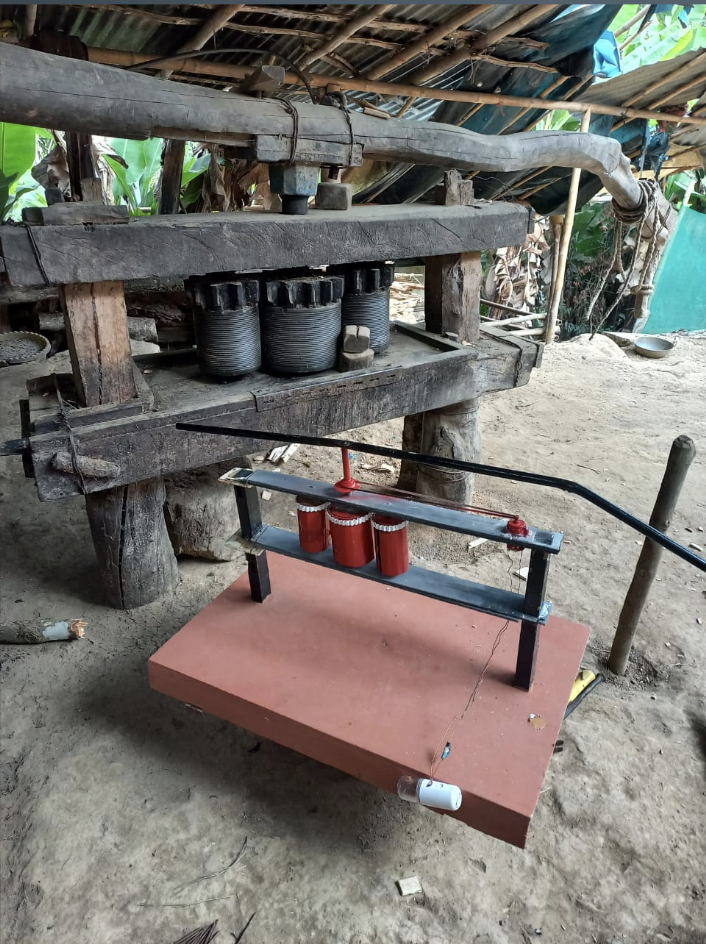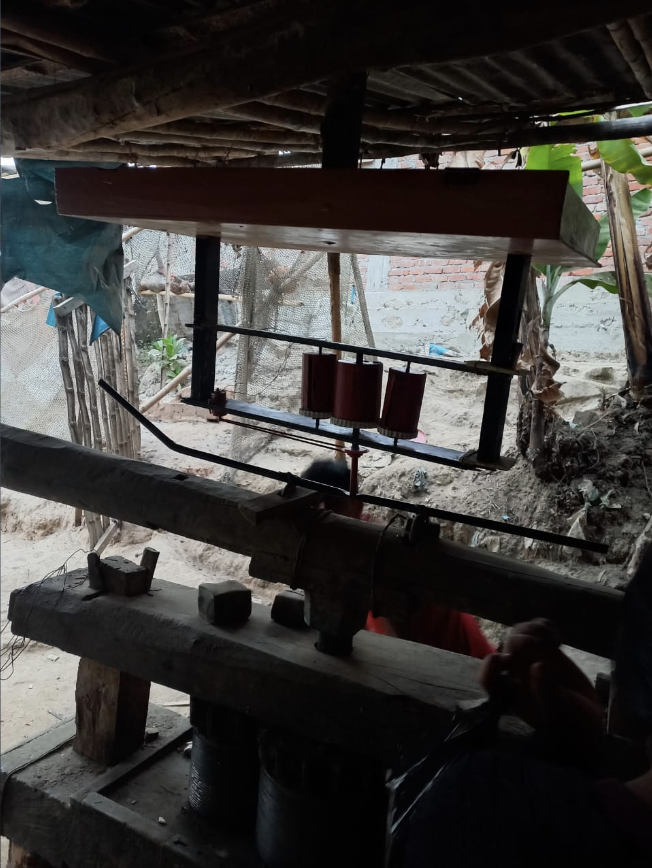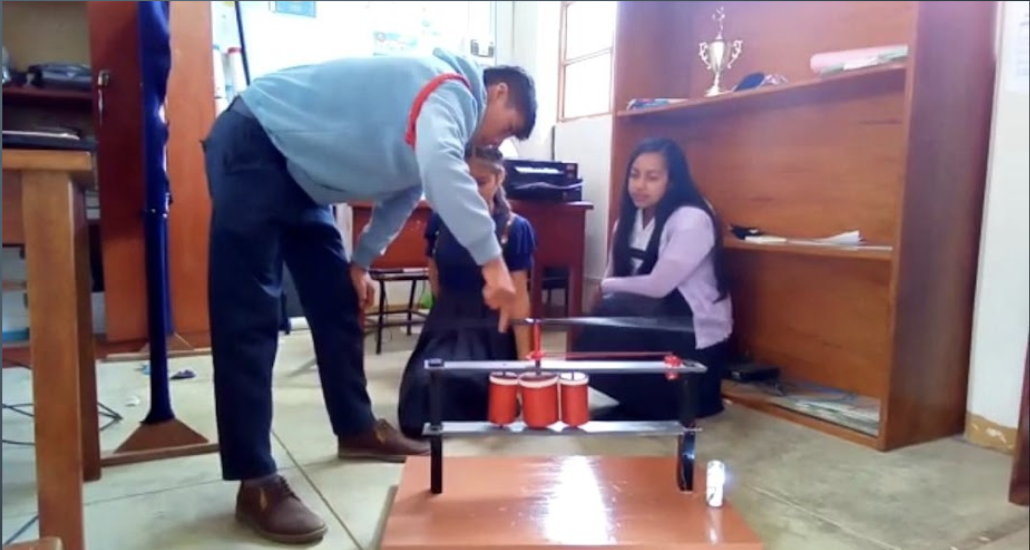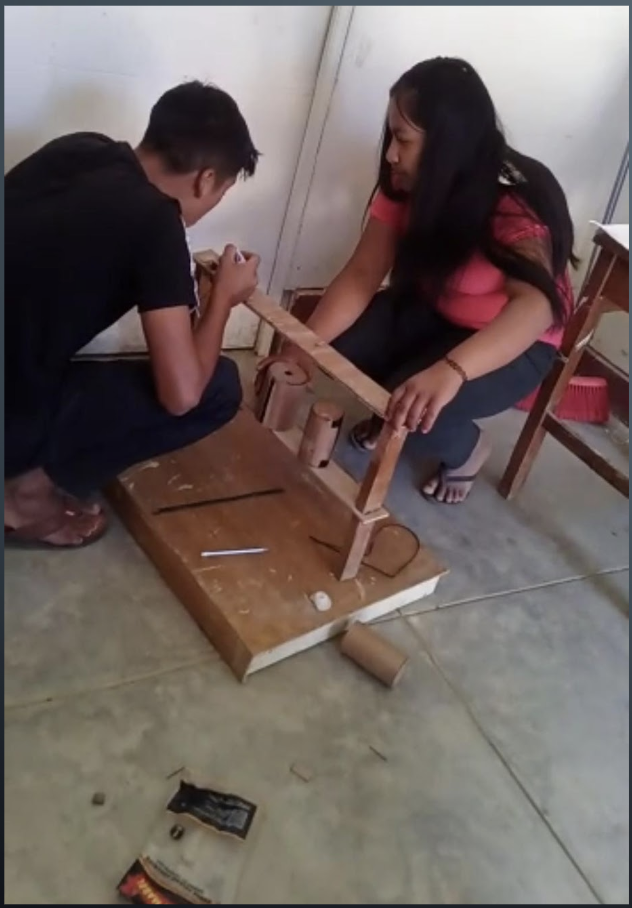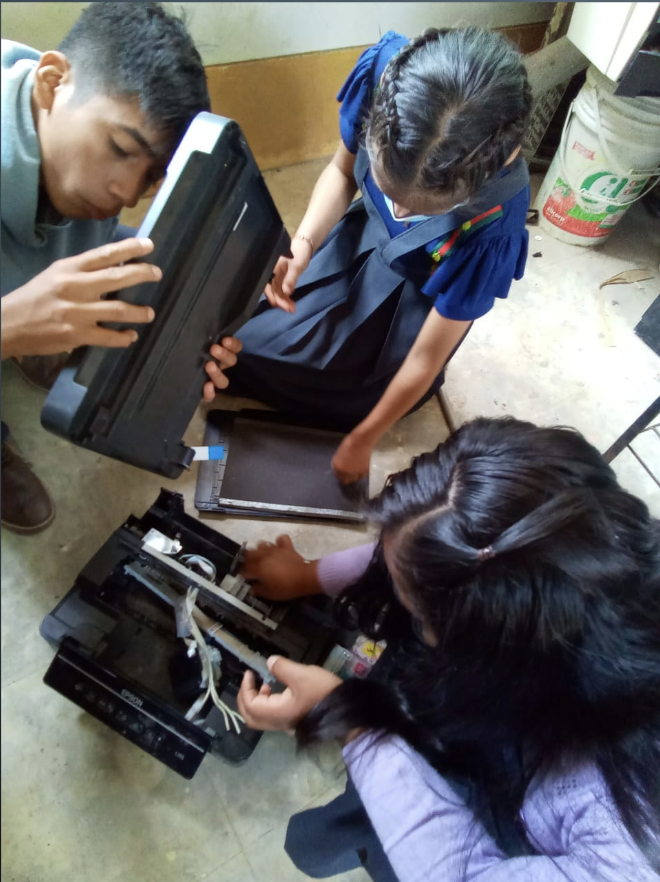The absence and constant outages of electricity are realities present in many rural communities in Latin America, making it impossible for a large group of families to have access to basic equipment such as lamps, refrigerators, televisions and electronic devices that can contribute to the study, learning, sociability, and leisure of young people.
It was with this issue in mind that students in the 4th year of Secondary Education, from the Educational Institution “El Común”, in Frías, in the department of Piura, in Peru, developed the project Trapiche que da luz (Trapiche that gives light”). Located more than a thousand kilometers from the capital, Lima, the school serves a population that is mostly from the countryside and does not have access to many basic rights, such as electricity. “This is the case of one of the students in the group, by the way. Mariela, who collaborates with the family on the household chores, is unable to carry out study activities that require electronic equipment, and even for cooking, she must use a flashlight to light up the environment”, emphasizes Yuly Rivera, a science teacher who accompanied the trio of students Samsung Solve for Tomorrow winners.
Real problems-solving: electricity from sugarcane
Motivated by the teacher, the trio developed a device that converts kinetic energy from the trapiches used by the families in the countryside into electrical energy. “The idea was to develop a non-polluting and accessible mechanism that, if improved, could be implemented as a concrete solution to this demand,” explains Yuli.
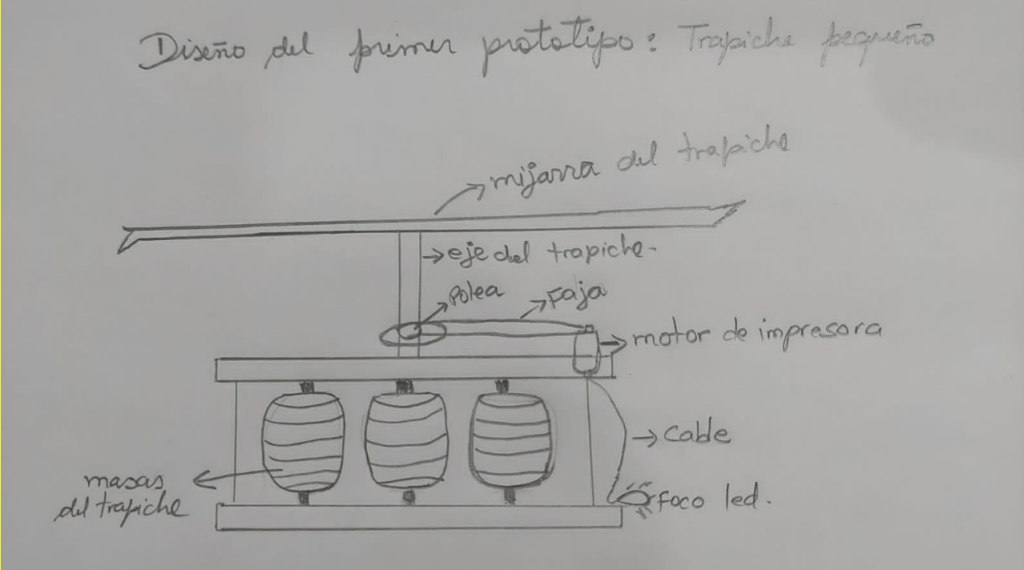
The trapiches, commonly driven by domestic horses, are a present tool and are still widely used by families in the region for grinding sugar cane. As a proposal, the young people developed a prototype from parts of an unused printer. “The students took the printer’s motor, as well as the belt and pulley, and put them together in a system that simulated a small trapiche. The kinetic energy generated by rotating the parts was converted into electrical energy. And we managed to make this prototype at no cost, using what we already had available”, details the professor.
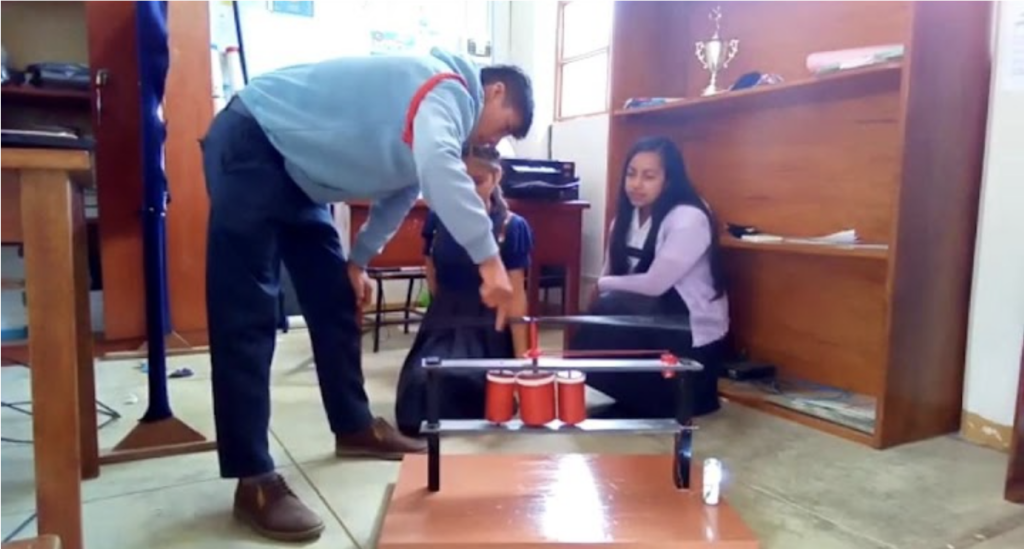
Based on the first tests, and with the support of the mentor Luiz Ernesto Flores “Lefo”, a researcher at the Pontifical Catholic University of Peru, the youths set out to install the prototype in a real trapiche. However, the first tests did not work because the horse’s speed was low. “It was a tremendous disappointment, but Lefo motivated us to move forward, seeking to correct the problem. Investigating, we discovered that our engine was not powerful enough, “she justifies. Implementing a speed reducer system with larger and smaller pulleys acting together, the group was able to light a LED lamp with the movement of the trapiche.
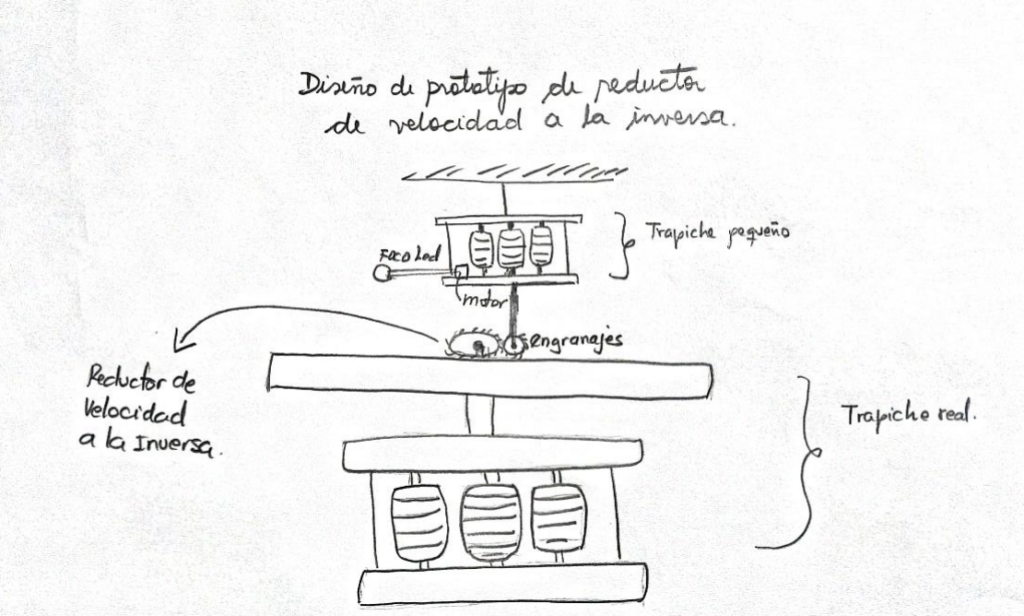
Project-based learning: focus on the scientific method
For the teacher, the process of trial and error was fundamental for the youngsters to be able to advance. “They learned a vast set of technical knowledge in practice, investigating, researching, and evaluating their hypotheses,” explains Yuli, celebrating one of her main goals as a teacher. “It is by experiencing the scientific method, with the necessary rigor, that they understand what science is,” she adds.
The proposal even came up during the teacher’s regular activities. Every year, in all her classes, students are invited to form small groups and propose real solutions to local problems or challenges. Using Project Based Learning, Yuli encourages groups to observe and understand the phenomenon they wish to investigate, formulate hypotheses, experiment, and accept or reject hypotheses initially formulated, evaluating them at each stage and together with the technical and soft skills developed throughout the process. “As an educator, I am much more interested in them noticing their evolution than the score,” she points out.
Yuli further explains that she decided to change her approach to the classes when years ago, one student in a physics lesson asked her the question “Professor, what am I going to use this for in my life?” and without reaction, she did not know how to respond. “I too, in the automatic process of following the content manual for themselves, had already lost sight of what they are for and why they are important. I understood then that I needed to rethink the structure of my activities,” she justifies.
Following the STEM approach and conducting projects in their activities, students spend the semester investigating and discussing problems in their communities, turning academic knowledge into concrete experiences that respond to the context in which they live. “I don’t necessarily want them to come up with solutions or that they work out, but that they have scientific research as a learning guide,” she explains.
Associating her regular dynamics with the Samsung Solve for Tomorrow proposal, the teacher also brought the didactic and experiential resources of Design Thinking to support them. “The ideation and prototyping processes were fundamental for them to see their idea happening,” she celebrates.
Achievements for the present and life: teamwork
Yuli explains that in addition to scientific knowledge, in STEM projects, youngsters develop fundamental skills for life in society, such as co-responsibility, teamwork, communication, and collaboration. Among the various skills, Yuli highlights the evolution of students in being able to communicate their ideas safely, translating them in an accessible way to different audiences.
“And it is also in this way that the school becomes more attractive, motivating them to move forward, to continue their studies, encouraging them to keep studying,” she adds, arguing that in the countryside scenario, evasion is a permanent problem. “We need the school to talk about reality, their lives, everyday life,” she justifies.

